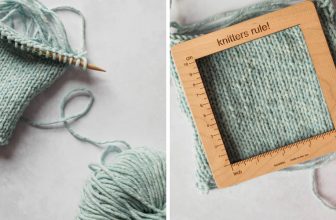How to Make Diffuser Smell Stronger
Creating a welcoming and pleasant environment in your home starts with the fragrance that fills the air. A strong fragrance from a diffuser can uplift your mood, reduce stress, and promote relaxation, making it an essential element in any living space. Diffusers work by dispersing essential oils into the air, releasing their natural aromas gently and lastingly. This article aims to guide readers on how to make diffuser smell stronger by exploring various techniques and tips you can implement. You will learn about different types of diffusers, essential oils that enhance fragrance, maintenance practices, and how to effectively adjust settings for optimal scent diffusion.
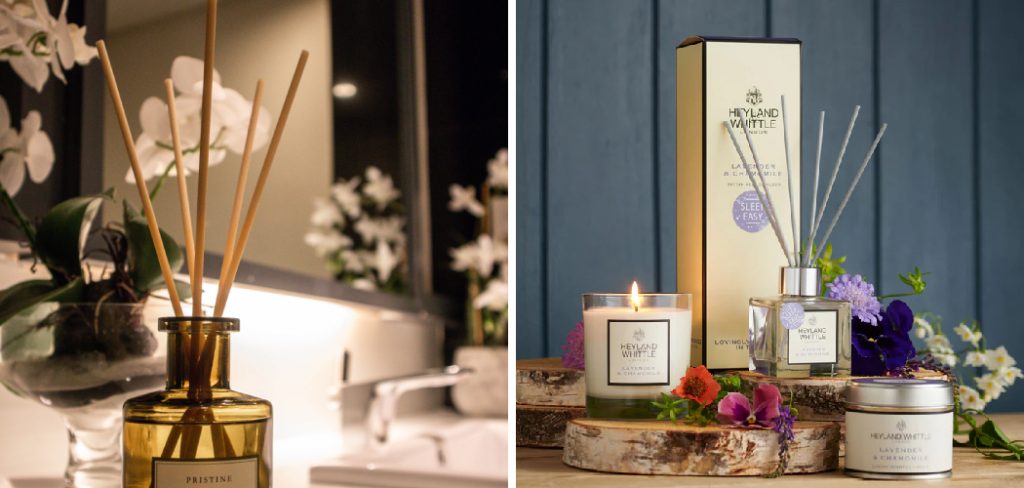
Understanding Diffuser Basics
There are several types of diffusers available on the market, each with its unique method of dispersing essential oils. Ultrasonic diffusers use water and ultrasonic vibrations to create a fine mist, while reed diffusers absorb oil through reeds and release the scent passively. Evaporative diffusers rely on a fan to blow air through a pad saturated with essential oils, facilitating quick evaporation and dispersion.
Multiple factors can influence the strength of the fragrance produced by a diffuser, including the quality of essential oils used, the type of diffuser, and the amount of oil added. Higher-quality oils typically provide a more robust and lasting scent than synthetic alternatives. The diffuser’s design can also affect how effectively the essential oils are dispersed, necessitating adjustments to achieve the desired fragrance strength.
Choosing the Right Essential Oils
When it comes to achieving a stronger scent from your diffuser, the choice of essential oils is crucial. High-quality essential oils derived from natural plant extracts can provide a more potent and therapeutic aroma compared to synthetic fragrances, which often lack depth and longevity. Some popular essential oils known for their strong scents include lavender, renowned for its calming effects; peppermint, invigorating and refreshing; and citrus oils like lemon and orange, which can uplift and energize any space.
To amplify fragrance strength, consider blending different oils. For instance, combining lavender with a hint of citrus can create a beautifully balanced aroma that smells delightful and promotes relaxation and revitalization.
How to Make Diffuser Smell Stronger: Adjusting the Oil-to-Water Ratio
The oil-to-water ratio is a determining factor in how well your diffuser performs. Typically, ultrasonic diffusers require about 3-5 drops of essential oil for every 100 ml of water, while reed diffusers may need a higher oil concentration for optimal scent throw. However, it’s important to experiment with these ratios; increasing the essential oil amount can yield a more robust fragrance, but be careful not to overload the diffuser, as it may lead to clogging or overpowering scents.
If you find your desired strength is not achieved, try gradually increasing the oil to a maximum of about 10 drops per 100 ml of water for a richer aroma. Always monitor the results, adjusting as necessary, to find the optimal balance that satisfies your scent preferences without overwhelming the space.
Regular Maintenance and Cleaning
Keeping your diffuser clean is essential for optimal performance and fragrance output. Over time, oils can build up and become residue, affecting the diffusion process and leading to a diminished scent. To clean your diffuser, start by unplugging it and disassembling the main components, ensuring any water or oil is emptied out. Wash the water tank and other removable parts with warm, soapy water, being careful not to immerse electrical components. Rinse thoroughly and let them air dry completely.
For deeper cleaning, you can use equal parts water and white vinegar, which helps break down any lingering oils. Regular maintenance should occur every few weeks or more frequently if you switch between different oils, as this ensures your diffuser consistently produces strong and pleasant aromas.
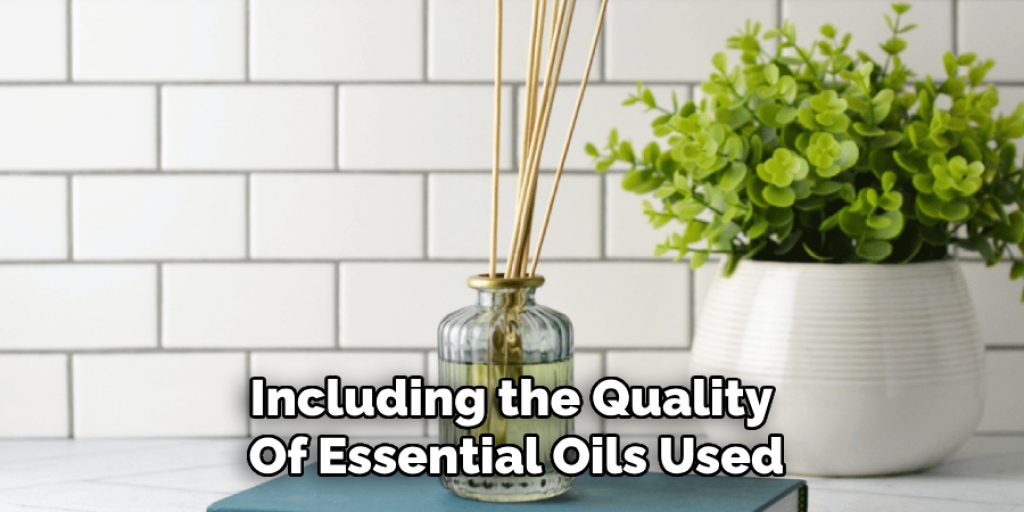
Using Additional Fragrance Enhancers
To further enhance your diffuser experience, consider incorporating fragrance boosters or blends. These can come in the form of pre-made blends designed to amplify scent strength or specific oil additions that complement your current choice. Additionally, using fragrance beads or scented sachets alongside your diffuser can provide an extra dimension to your home fragrance. These items release scent independently and can fill any space while your diffuser is working.
For maximum impact, place them in strategic locations around the room to create a cohesive fragrance experience. Combining these enhancers with your diffuser can lead to a layered aroma, resulting in a more inviting and robust atmosphere. Experiment with different combinations and placements to discover the most pleasing scent profile for your space.
Placement and Environmental Factors
The placement of your diffuser plays a significant role in achieving an even distribution of fragrance throughout a room. Positioning the diffuser in the center of the space, elevated off the ground, can allow the scent to disperse more evenly. In larger rooms, multiple diffusers may be necessary to avoid scent dilution and ensure a consistent aroma.
Additionally, consider the room’s ventilation; areas with excessive airflow, such as near open windows or air vents, can lead to rapid dispersal and loss of fragrance intensity. Common mistakes to avoid include placing the diffuser too close to walls, furniture, or decorative objects that may obstruct airflow and not adjusting the oil-to-water ratio based on room size. To enhance fragrance performance, make adjustments according to the specific dimensions and layout of your space, maximizing the impact of your chosen essential oils.
Troubleshooting Common Issues
While diffusing essential oils can be a delightful experience, it’s not uncommon to encounter some issues affecting performance. One common complaint is weak fragrance output. If your diffuser isn’t producing a strong aroma, first check the oil-to-water ratio; too little oil can produce less scent. Additionally, ensure you’re using high-quality essential oils, as inferior products won’t deliver the desired potency. If the diffuser is functioning but the scent is less intense than expected, consider trying different essential oils or blends to see what yields a better result.
Another frequent issue is clogging, particularly in ultrasonic diffusers. If you notice diminished mist output or a musty smell, disassemble and clean the unit thoroughly. Residues can build up in the misting plate or essential oil compartment, which can be remedied with regular maintenance using warm, soapy water or a vinegar solution.
Lastly, if your diffuser is making unusual noises or isn’t turning on, it’s essential to check the power supply and ensure all components are securely in place. Consult the manufacturer’s instructions for specific troubleshooting steps tailored to your diffuser model. Regular maintenance and careful monitoring can help you enjoy a consistently aromatic environment.
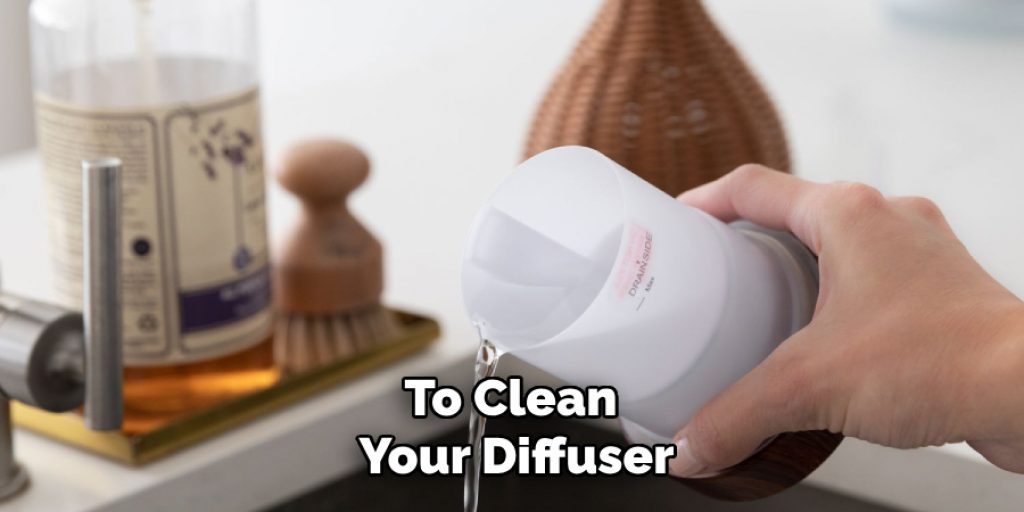
DIY Tips and Tricks
Creating the perfect ambiance with your diffuser can be enhanced with a few DIY tips and tricks. First, consider trying various essential oil blends to discover unique scents that resonate with you. For example, mixing eucalyptus with peppermint can invigorate your space, while chamomile and bergamot might help to create a soothing atmosphere. Additionally, infusing dried herbs or flower petals into your diffuser can offer a subtle, natural fragrance boost. Simply place a small amount in the oil compartment or at the base of the water tank before adding essential oils.
You can also experiment with scent layering. Start with a base oil, such as lavender, and then add a couple of drops of complementary oils, like vanilla or citrus, for added complexity. This layering technique can create a more dynamic and inviting aroma. Lastly, consider using colored water or adding a few drops of food-safe colorants for a visually appealing touch that matches your home decor. Just be cautious not to use too much, as this can affect the function of your diffuser. By implementing these DIY tips, you can customize your aromatherapy experience to suit your preferences while enhancing your space in creative ways.
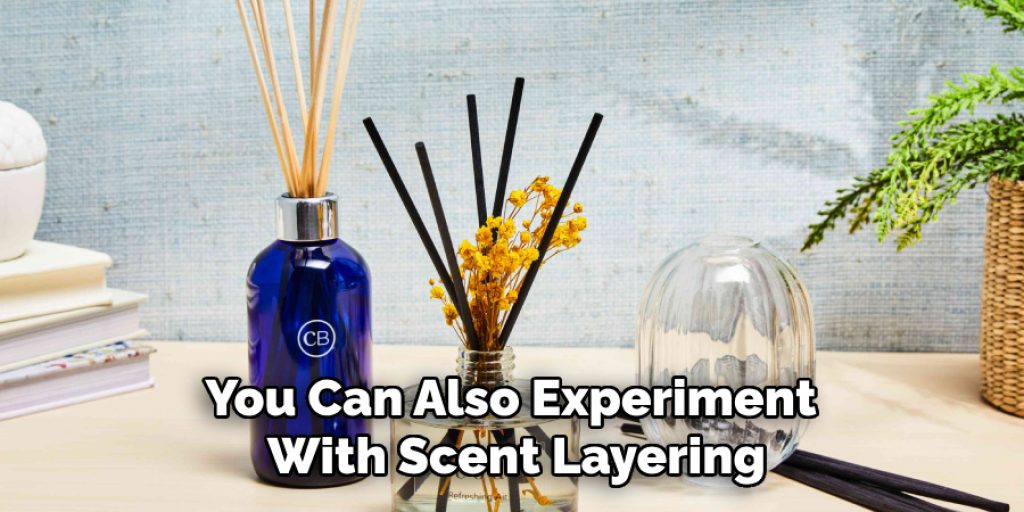
Frequently Asked Questions (FAQs)
What Type of Essential Oils Can I Use in My Diffuser?
You can use a wide variety of essential oils in your diffuser, including but not limited to lavender, eucalyptus, peppermint, lemon, and tea tree oil. Always ensure that the essential oils are of high quality and suitable for use in a diffuser to achieve the best fragrance outcome.
How Often Should I Clean My Diffuser?
It’s recommended to clean your diffuser every few weeks, or more frequently if you’re switching between different essential oils. Regular cleaning prevents oil buildup and ensures optimal performance of your diffuser.
Can I Mix Different Essential Oils Together?
Yes, mixing essential oils can create unique and pleasant blends tailored to your personal preferences. It’s advisable to start with small amounts to test the combination before making larger quantities.
Is It Safe to Have a Diffuser Running While I Sleep?
Using a diffuser while you sleep can be safe and beneficial, as long as you choose oils that promote relaxation. However, it’s essential to consider the duration and ensure proper ventilation in your sleeping space.
What Should I Do if My Diffuser Isn’t Producing Enough Mist?
If your diffuser is not producing sufficient mist, check the water level and oil-to-water ratio and ensure that the unit is clean. Clogged or dirty components can also hinder performance, so regular maintenance is crucial.
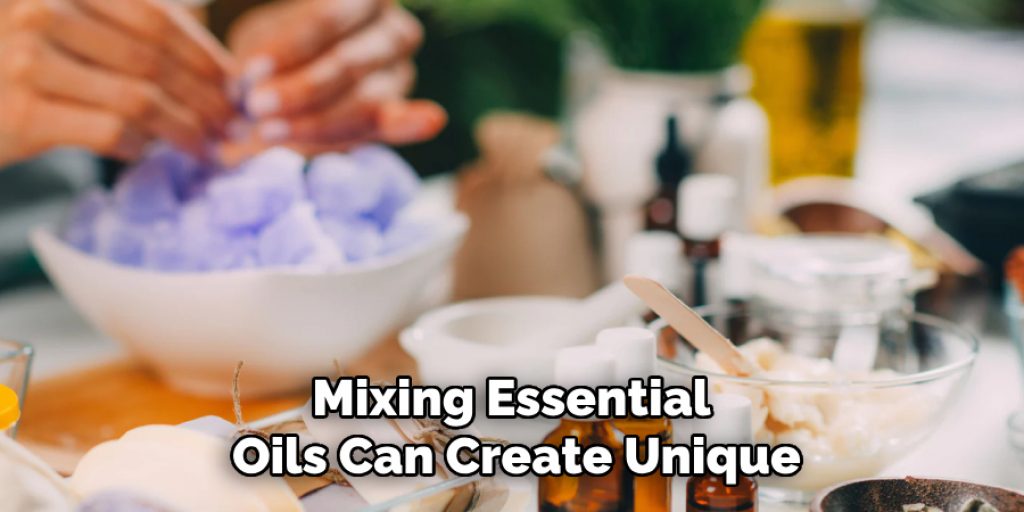
Conclusion
In conclusion, knowing how to make diffuser smell stronger involves choosing the right essential oils adjusting the oil-to-water ratio, and exploring creative DIY solutions. Experiment with various blends and methods to discover what enhances your home fragrance best. With these tips, your space can transform into a fragrant sanctuary, contributing to a soothing and inviting atmosphere.




